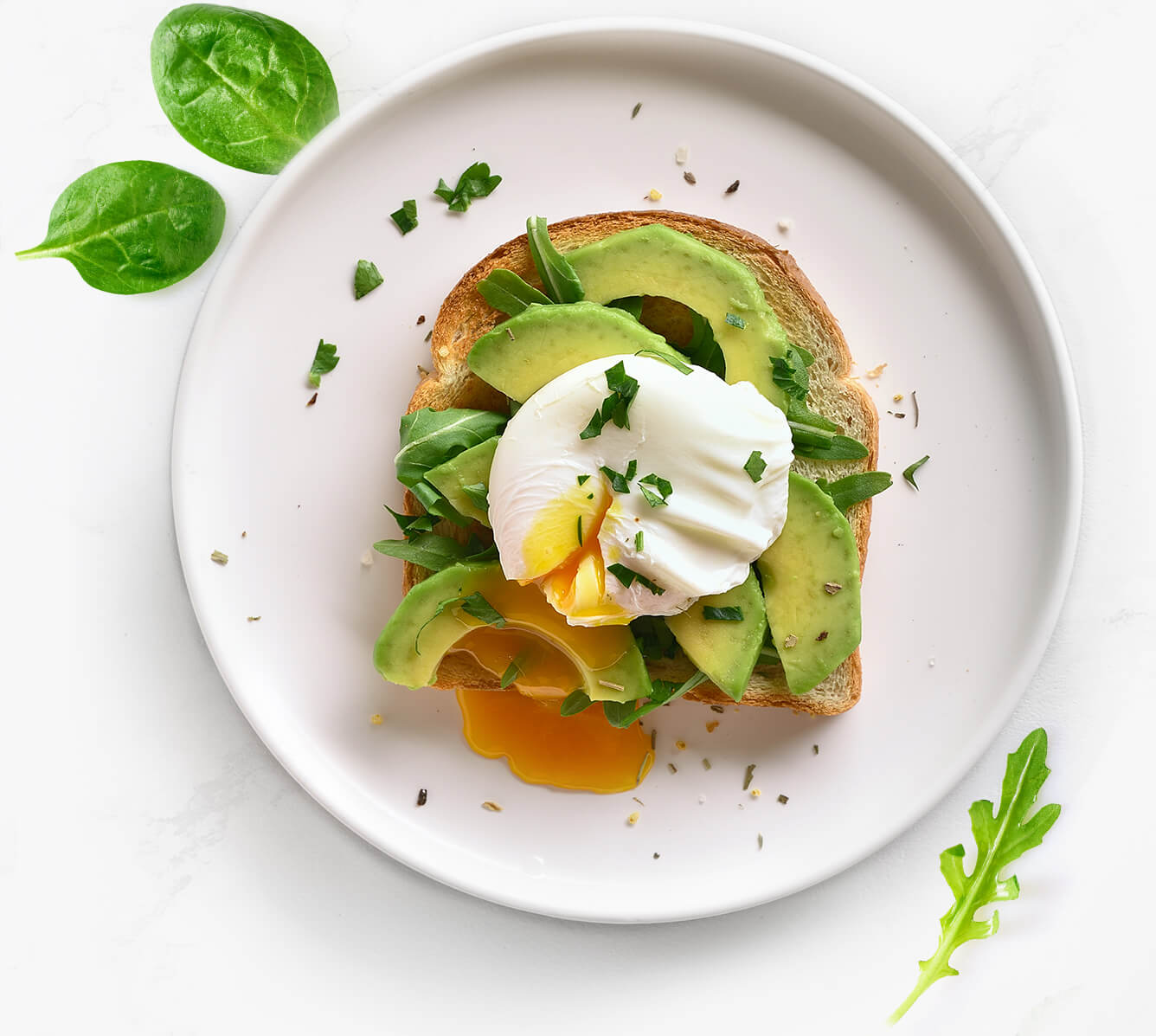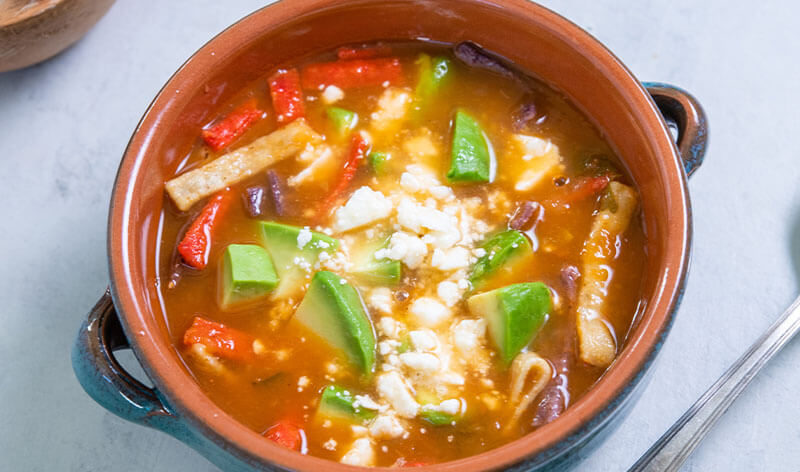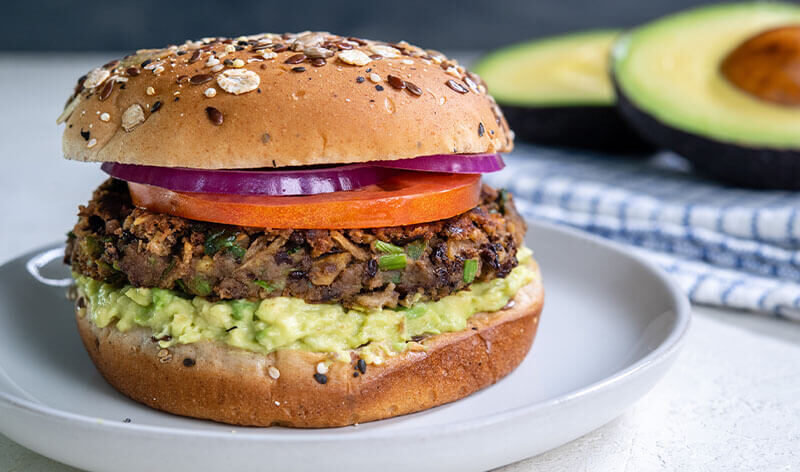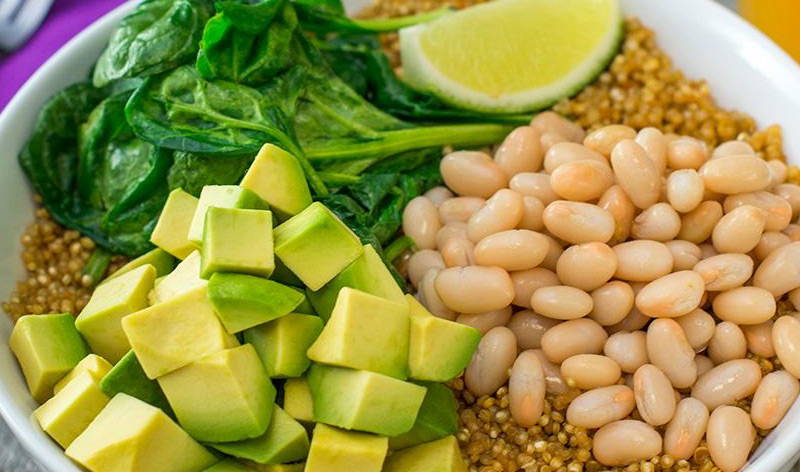Healthy foods and meal planning are critical components of regulating blood sugar and diabetes management. It’s essential to plan for regular, balanced meals that contain about the same amount of carbohydrates at each mealtime. The goal is not to eliminate carbohydrates in the diet, but to eat a consistent amount throughout the day to help regulate and keep your blood sugar level within a target range.

What is carbohydrate or “carb” counting?

Calories in food come from three sources: carbohydrate, protein, and fat.
Each calorie source affects blood sugar or glycemic response differently. Carbs have the biggest effect on your blood sugar.
It is easier to control your blood sugar when you know how many grams of carbohydrates are in your meals, snacks, and drinks.
Counting your carb intake helps to keep your blood sugar levels regulated and makes meal planning easier. You don’t need to avoid desserts or other foods that you enjoy. But, by counting carbs in a meal, you will know how much of each food you can eat.
There are three types of carbohydrate: sugars, starches, and fibers.
You should try to eat healthy carbohydrates from foods such as vegetables, fruits including avocado, whole grains, beans, and low-fat dairy products.
You should limit added sugars and refined grains including sweets, baked goods, candy, white bread, white rice, and ice cream, and beverages with added sugars, such as juice, regular soda, and regular sports or energy drinks.



Avocado and blood glucose levels
- Unlike most other fruits, avocados do not contain sugar, and one serving does not affect glycemic response.
- One-third of a medium avocado contains 4 grams of carbohydrate, with 3 grams of fiber.
- The carbohydrate found in avocado is 79% fiber. Fiber helps prevent rapid rises in blood sugar following a meal.
What about other foods such as meat and fats?
Food sources of proteins such as meat, fish, eggs, along with dietary fats, affect blood sugar less than foods containing carbohydrates. Choose foods that are high in polyunsaturated and monounsaturated fats and low in saturated fat. Oils can raise your blood sugar, but not as fast as starch. When preparing protein foods, remove the skin from poultry, select lean cuts of meat, trim visible fat, and choose to bake, roast, broil, grills, or boil meats instead of frying to help regulate your blood sugar.
How to count carbs for diabetes
Generally, it would be best if you aimed to get about half of your calories from carbs. That means if you usually eat about 1,800 calories a day to maintain a healthy weight, then approximately 900 calories can come from carbohydrates. At 4 calories per gram (900 calories / 4 calories), that translates to about 225 grams of carbs a day.
Try to split up eating those sources of carbohydrate across all of your meals to keep your blood sugar levels regulated throughout the day. When you are learning how to count carbs for your diabetes, record them in a logbook. As time passes, it will get easier to estimate the amount of carbs in your meals.
Sample Carb Counting Menu
This one-day meal plan contains:
1,844 calories
+
216 grams of carbohydrates
+
43 grams of fiber

Breakfast
| MEAL | CARBOHYDRATE (Grams) |
| Avocado Toast | |
| 2 slices whole wheat toast | 47 |
| ½ medium avocado | 6 |
| 1 hardboiled egg | 1 |
| 1 cup low-fat milk | 13 |
| Total Carbs | 67 |

Lunch
| MEAL | CARBOHYDRATE (Grams) |
| Vegetarian Burrito | |
| 1 10-inch flour tortilla | 36 |
| 1/2 cup refried beans | 18 |
| 1/3 medium avocado | 4 |
| ¼ cup mixed vegetables | 8 |
| 2 Tbsp chopped tomato | 1 |
| ½ cup shredded lettuce | 1 |
| 4 Tbsp salsa | 4 |
| ¼ cup cheddar cheese | 1 |
| Total Carbs | 73 |

Snack
| MEAL | CARBOHYDRATE (Grams) |
| 1 small celery stalk | 1 |
| 1/2 medium apple | 13 |
| 1 Tbsp. almond butter | 3 |
| Total Carbs | 17 |

Dinner
| MEAL | CARBOHYDRATE (Grams) |
| 6 oz baked chicken breast | 0 |
| 1 cup carrots | 12 |
| 1 cup broccoli | 6 |
| ½ cup whole wheat pasta | 28 |
| 1 tbsp margarine | 0 |
| 1 medium peach | 14 |
| Total Carbs | 60 |
Simple Measures
Carb counting is an easy eating tool that will allow you to eat the food you enjoy, while also helping to regulate your blood sugar. With any new skill, it takes practice. To improve your confidence and accuracy, measure out your foods. Remember to count carbohydrates from all food sources.
Note: Please do not use carb counting in place of medical treatment. Always talk to a doctor or dietitian who can calculate your daily carbohydrate needs.












